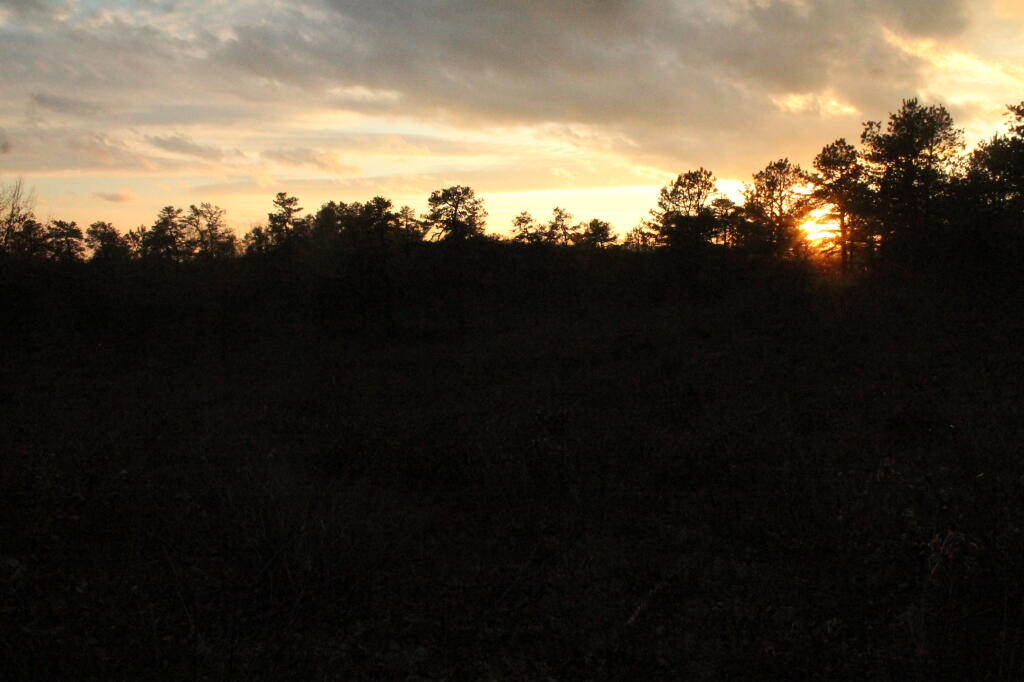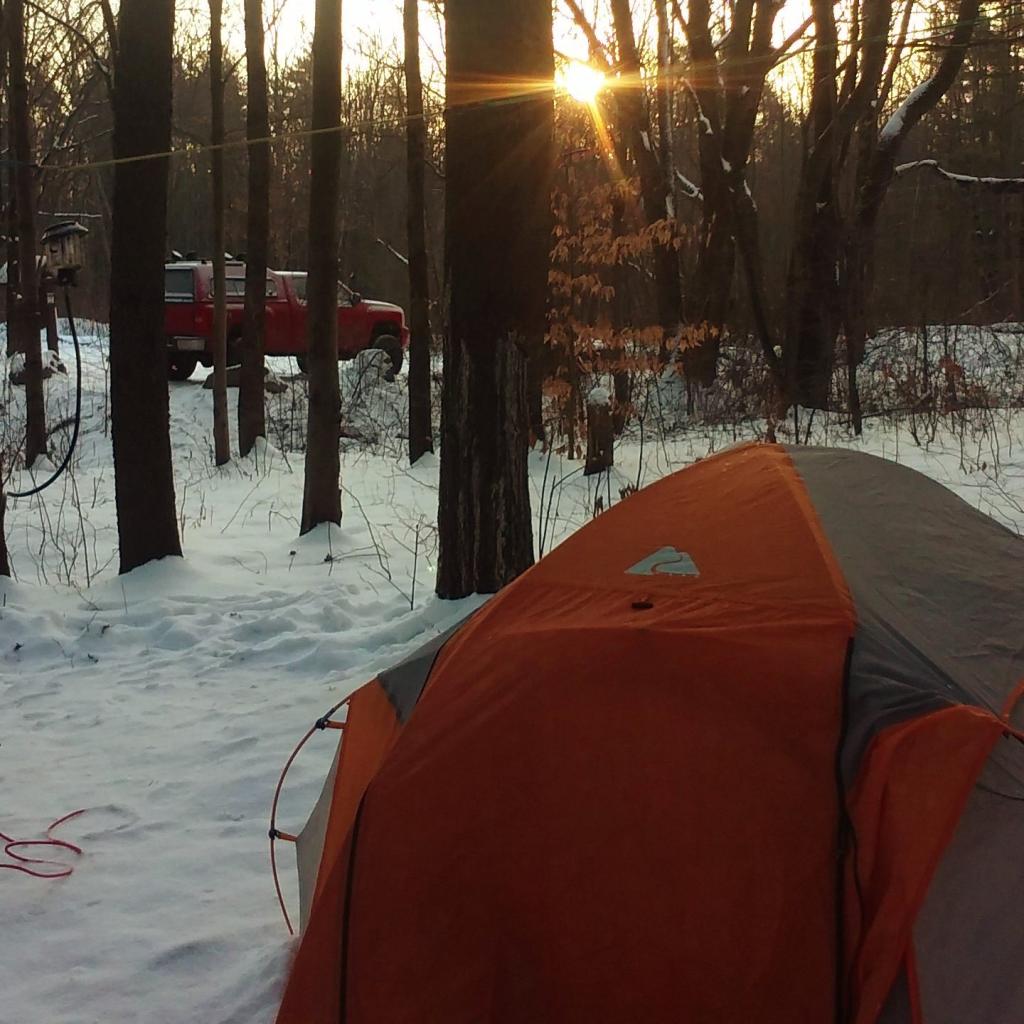Inside the days of an Albany County contact tracer
Most people Madison reaches out to either want to help her find those who they might have exposed to infection or they are terrified that they are now positive and have questions.
But there are some people – and Madison says they are in the minority – who ignore her calls and do not respond to her texts. And there are others who are "incredibly hostile."
" 'I'm not telling you anything and you can't make me and you can go (expletive) off,' " Madison recounted one caller telling her.
"When you get somebody who is abrasive or doesn't believe you or doesn't care or tells you, 'You can tell me what you want but I'll do whatever I want anyway.' It hurts my inner core that they take it so lightly," she said.
"Every single one of us contact tracers has that kind of story," she said. "That's probably the hardest part for all of us."
Winter camping in the Finger Lakes National Forest last year
One year ago I today started my week long winter camping adventure in the Finger Lakes National Forest… 🎄
I was planning on going to the Finger Lakes during mid November but an early November snow storm and work came up. I found a relatively calm winter week in December to take off and spend in a hot tent during Black Powder Season a year ago, starting tonight. There were some snow squalls when I was out there dropping a few inches but the road was plowed and I stayed around camp the bad weather days.
It definitely was a new adventure for me – a week camped out on the high point of Hector Backbone during December with nearly a foot of snow on the ground (unexpectedly). I didn’t expect so much snow but the road was plowed and things worked out.
The whole week never got above freezing except for the last day when I took down camp. Some of the nights were in the single digits like tonight. With the heater, a roaring campfire and a decent amount of winter gear it never was that cold although several nights I retired to bed fairly early as the nights are long – even with the sunset being 15-20 minutes later than Albany.
Winter camping is kind of unique and pretty. The snow gives the land a very different appearance, changes the way the woods looks. The cold is actually quite refreshing and as long as you have a way to get warm quickly – the heater in the tent – I was quite comfortable, sometimes spending the bulk of the day curled up by a book reading. I used quite a bit of propane – maybe 5 gallons for the week as I had it filled midweek but propane is cheap enough that even if it set me back $15 I had a great time. Damn food and dish soap kept freezing hard by the end of the week.
I want to do more winter camping but it can be difficult with the snow blocking off the back country roads and parking areas. But certainly that winter camping trip was memorable and quite enjoyable.
RNA Vaccines Are Effective Against Covid. What’s The Major Flaw?
Essentially, the body receives a target antigen — such as the coronavirus spike protein — despite the fact that an mRNA vaccine doesn't itself contain the antigen.
How does your body detect antigens? Most cells continuously collect and present the molecules within themselves on their outer membrane. They do that to prove to the immune system's sentinels — such as T cells — that they aren't infected by a virus, as the proteins that a virus produces while replicating should appear on an infected cell's membrane.
Sentinels use surface receptors to check the proteins on a potentially-infected cell. That 'antigen-presenting cell' (APC) isn't invaded by a real virus if you receive an mRNA vaccine — RNA molecules are transferred — so it's technically not 'infected' but 'transfected' with a gene that encodes the spike antigen.
The various cells interact so that the adaptive immune system can recognize the antigen — encoded by spike gene on the mRNA — presented by a transfected cell (labelled 'mRNA-transfected APC' in the following figure from a recent review in the journal Current Opinion in Immunology). That leads to immune responses once the antigen is seen, including the release of matching antibodies by B cells.
a novel technology to prevent and treat disease – Science in the News
Vaccination is key to preventing disease and has been a major advance in public health to eradicate epidemics like smallpox or polio. Vaccines work by mimicking an infectious agent, and by doing so, train our bodies to respond more rapidly and effectively against them. A new class of vaccines, “RNA vaccines”, has recently been developed. RNA vaccines rely on a different way to mimic infection. Compared to previous vaccines, this method is more robust, more versatile, and yet, equally efficient. Therefore, the RNA vaccine technology holds great promise to prevent and treat a wide range of diseases, such as influenza or cancer.
RNA vaccine – Wikipedia
mRNA vaccines do not affect the DNA inside the cell – the synthetic mRNA fragment is a copy of the specific part of the virus RNA that carries the instructions to build the antigen of the virus (a protein spike, in the case of the main coronavirus mRNA vaccines); this misconception became a debunked conspiracy theory regarding mRNA vaccines, as the COVID-19 mRNA vaccines came to public prominence.


